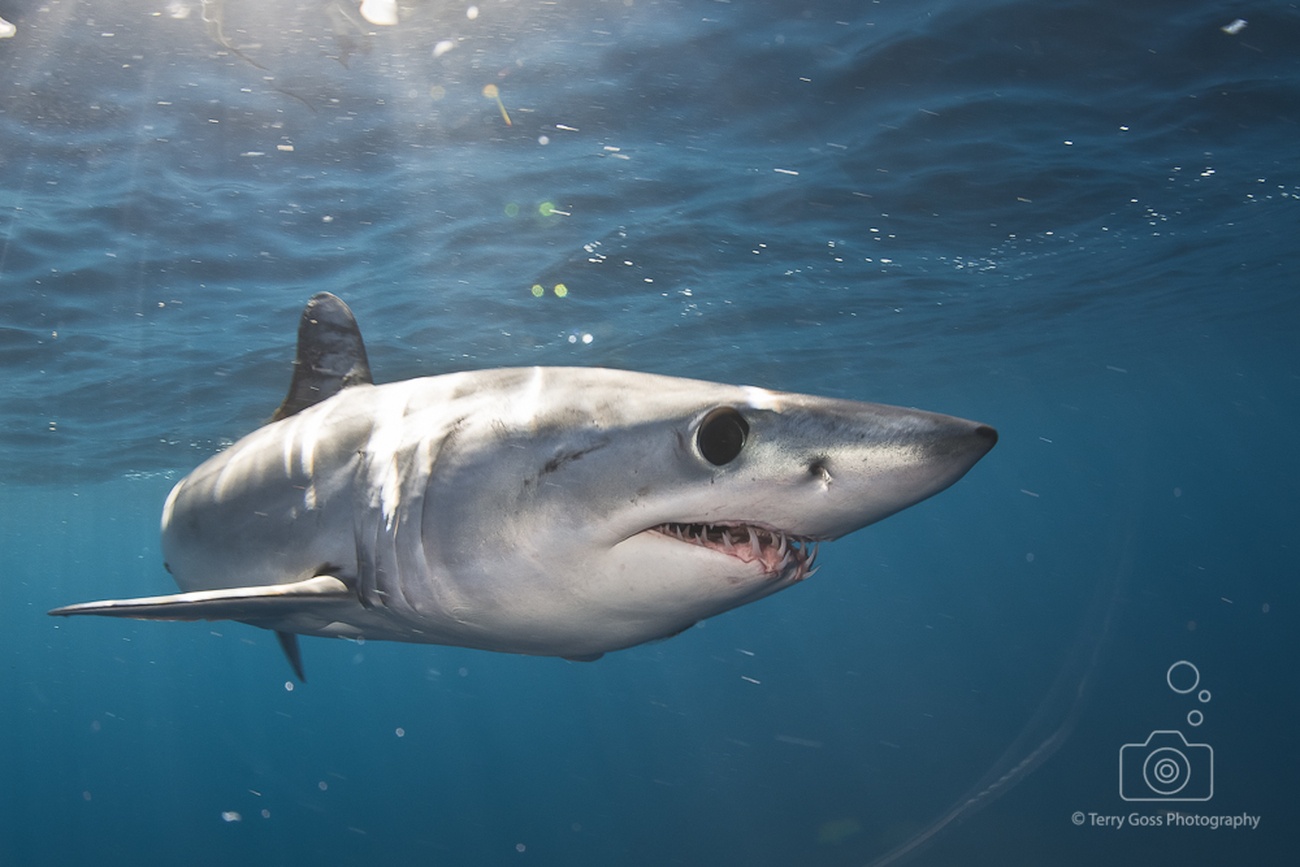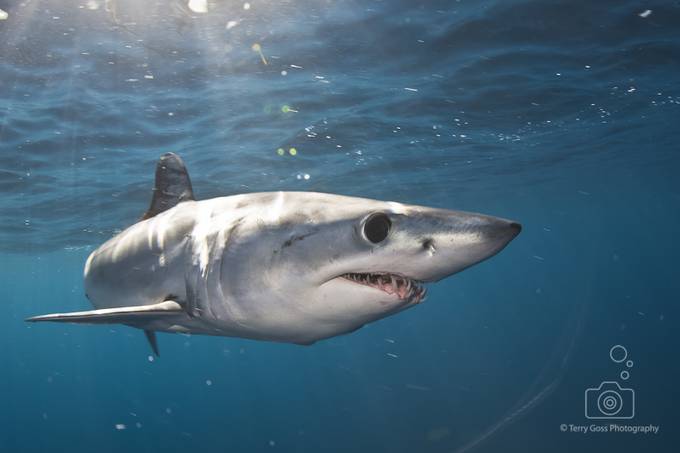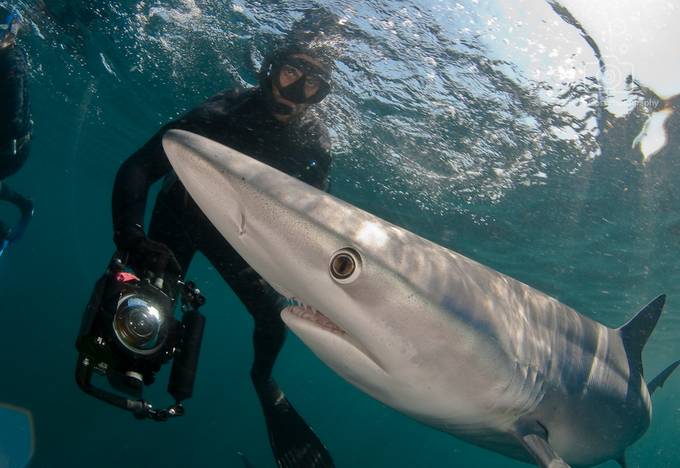Many photographers shy away from diving deep into learning underwater photography because it looks like a daunting undertaking. ViewBug member and wild animal photographer pterantula shares his top tips for shooting underwater photography and capturing beautiful photos underwater.
1. Underwater Photography: Be Patient.
There is no substitute. Wild animals almost never cooperate, you must be patient and vigilant.
2. Experiment with strobe positions and camera settings. Just capturing the animal isn't enough; you need to play with how you want the light and bring out as much true color as possible. Unless you're shooting for high-contrast ambient, or monochrome, but even then you need to play with aperture and shutter speed.
3. Concentrate on the dive first. Don't become a statistic - most all diving accidents were preventable. Don't get so wrapped up in the viewfinder that you forget about your depth, bottom time, or air.
What are you trying to capture or say with the photo below?
All I really want to do (with shark photos, but also most underwater photos) is simply show the awesome grace and majesty of sharks, in the hope to inspire reverence and curiosity. Sharks are not "mindless killing machines", and even the largely solitary white shark (Carcharodon carcharias) is quite smart and occasionally very shy. I take great effort to avoid the big toothy, aggressive images that reinforce the completely incorrect myth that sharks are inherently deadly and vicious.
How do you know if it’s visually interesting?
Ha! This is something with which I still struggle - most of my personal favorites are totally ignored by others, and some of my "throwaways" get great responses. As above, I simply try to show the beauty and grace of the animals, and frame them within their environment.
"I take great effort to avoid the big toothy, aggressive images that reinforce the completely incorrect myth that sharks are inherently deadly and vicious."
Are you thinking about perspective?
With wild animals, especially underwater, it can be challenging to frame your shots; with fast-moving animals like sharks, sometimes you simply have to aim and hope for the best. You can certainly mitigate the missed shots by spending as much time as possible with the particular animal(s) to learn their mannerisms, but sometimes the animals simply won't play along.
Almost all underwater shooting is done hand-held, though sometimes you can brace against a hard surface (sometimes yourself). In this case, we were required to be in a cage (Mexican park regulations), so most of us rested our camera rigs on the horizontal bar of the open cage.
Are you using a flash?
I did use a single strobe for some of the closer shots, but in this case, the shark was simply too far away for anything but a massive strobe to even touch.
What time of the day was it shot?
Just after lunch, about 1:30 PM PST.
What aperture settings are you using?
Shot st 1/200, f8.
Are you looking for a unique subject?
Most of my trips are dedicated to sharks, and in some cases, we are looking for specific species. This trip, Isla Guadalupe, is specifically targeted at white sharks - it is pretty much the best place on Earth to see them, due to the unusually great visibility and large population.
Was the photo planned?
As noted before, it's about as "planned" as you can manage, given the proclivities of wild predators. For the most part, when sharks are around you shoot as much as you can, as they can disappear as soon as they appear, and sometimes don't come back. (On targeted trips like this, however, many of the sharks will usually stay in the area for a while.)
How are you choosing to stay close or far from the subject?
In a mandatory cage setting such as this, your frame is dictated by how close the shark wants to get to you - that, and how many other photographers are there with you, jockeying for position. For most other trips, it's real scuba diving in open water, so you can position yourself where the sharks are hanging out (-provided you don't scare them off, which is all too easy!).
What is your mindset when it comes to POV?
With underwater shooting, especially with large predators like sharks, you can't afford to get lost in the viewfinder - you have to pay attention to the dive. So as for POV, I try as much as possible to show the natural state of the animals in their environment - as much as is possible while you're sitting there making noise and totally disrupting the "natural" state of things. Some sharks play it off like they're not bothered, but others are very curious and give you some closeups, which is neat, but not terribly "natural".
Nope! You shoot when you have the animal in front of you. With stationary or slow-moving animals, you can take more time to compose, but with sharks, you really have to visualize the shot you want and try as you can when the animals are close.
Are you thinking of symmetry?
In the post, yes; I like to have a natural balance in the image, if possible. I don't want to have to crop or rotate, but sometimes it's necessary to get the right flow; sometimes you get the framing right though and it's a nice feeling.
Are you thinking of reflections?
When the water is calm enough you can get some amazing reflections, but typically in open water or also with larger animals, you can only get sunlight ripples (which look awesome). Many times, however, you're in deeper water and there is only ambient light, and you can either go for hard contrasts or closeup strobe fire lighting them up.
Are you paying attention to the subject only or also background and why?
In this case, I was looking to capture the animal within the environment - both to show the epic expanse of the deep ocean itself, but also in this case to highlight the clear, blue waters of this area. Sharks are very charismatic animals - white sharks especially - and you don't usually get to see them in the context of a clear, calm blue abyss. These animals are big and powerful but are really just tiny elements of the huge, awesome ocean itself.
Are you thinking of the angle? why did you choose this angle?
I suppose you could say the angle was dictated to me - as again, we were relegated to the cage, and whatever decided to be in front of us would be in front of us.
How did you choose B&W vs color?
I have a B&W version which I love, but I believe the blue in this one is a critical element - showcasing the deep expanse of the Pacific.
Did you do any post-processing? if so, what?
For this one, I did quite a bit of colorwork, as well as noise reduction and sharpening. The original image had too much of a blue cast (probably as I didn't know anything about white balance at the time), and was shot with a relatively low-res sensor. I like to try, as much as possible, to get the image I want in-camera, but sometimes you know you have to work an image - to knead the dough, so to speak, and truly craft something from raw clay. I did some spot contrast as well, to try to highlight the animal's face and bring out some more detail.







